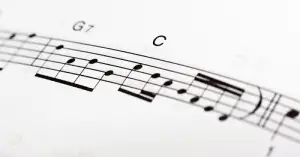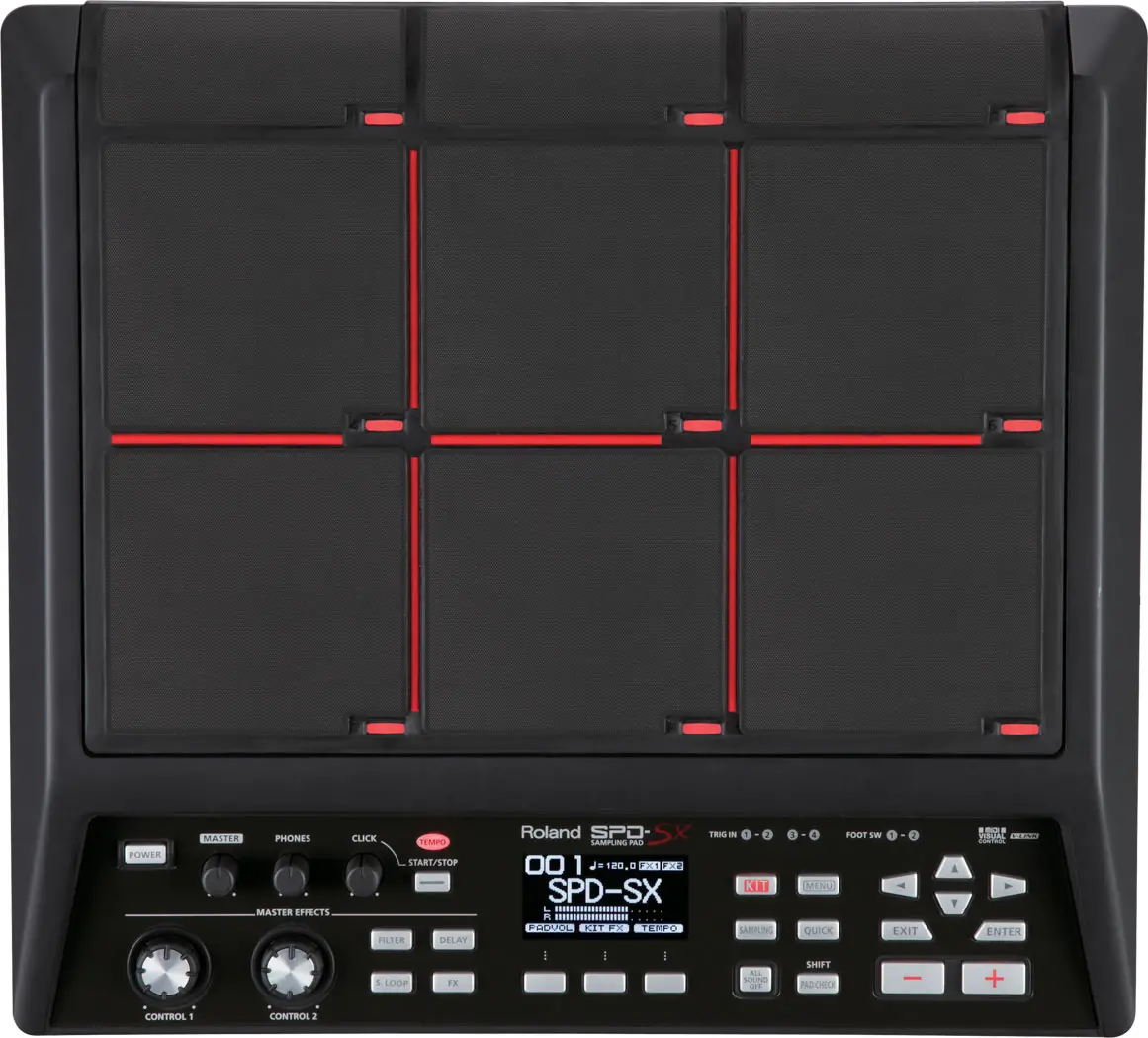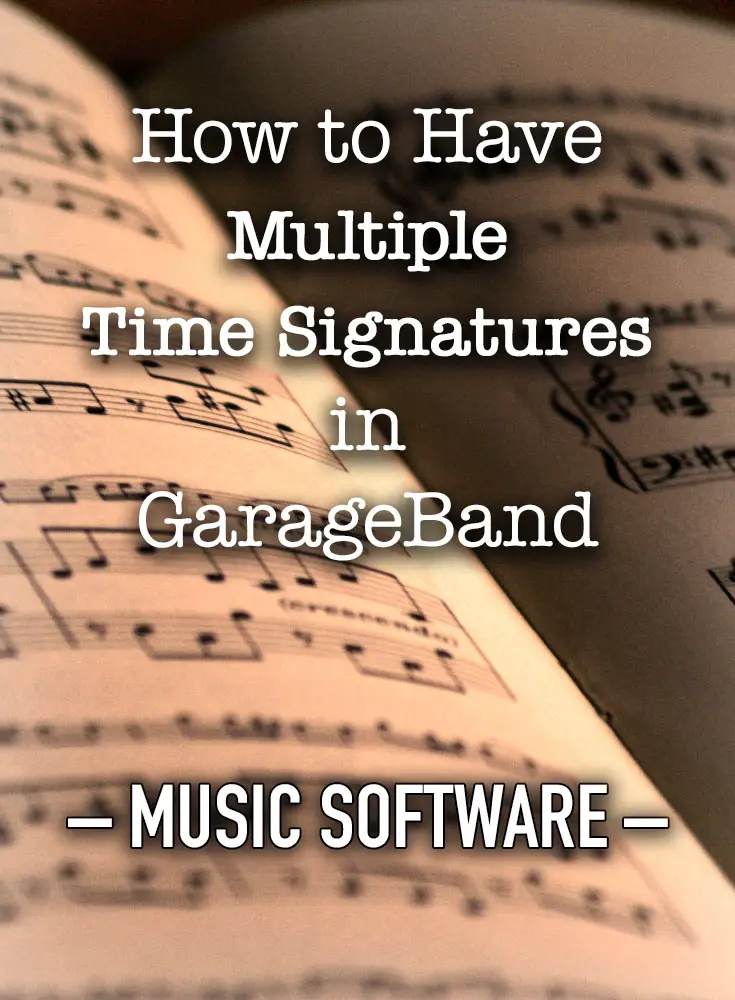 Whenever you buy a new digital piano, keyboard or synthesiser, one of its key specifications is the amount of polyphony.
Whenever you buy a new digital piano, keyboard or synthesiser, one of its key specifications is the amount of polyphony.
But what exactly is polyphony?
In pure musical terms, polyphony is used to describe two or more independent melodic voices. This is in contrast to monophony (a single voice) or homophony (a single melody with chords).
However, when it comes to electronic musical instruments, we’re simply concerned with how many tones can be sounded at any one time.
These sounds don’t have to be melodic — in fact they don’t even necessarily have to be audible to the human ear!
Polyphony is the number of sounds an instrument can generate simultaneously.
That’s the theory, and in principle it’s pretty simple. In practice, however, things get a bit more complicated.
Let’s take a look at a digital piano. It may say that it has 64 note polyphony. That sounds rather a lot, right? After all, you only have ten fingers so you can’t play more than ten notes at any one time.
Correct — in part.
However, consider how most pianists play the piano, with judicious use of the sustain (damper) pedal.
Now consider that, in a digital piano (as opposed to an acoustic one, which effectively has unlimited polyphony) every single note counts towards the total polyphony from the moment it is first played, when a key is struck, to the moment its sound finally decays.
Long passages of music with heavy use of sustain could have tens or even hundreds of notes sounding at any one time, which is why a high polyphony count is generally considered a good thing.
If any instrument “runs out of sounds”, then generally new sounds take priority and currently playing sounds are abruptly cut off. This can produce an unnatural, clipped sound.
Now let’s look at a synthesiser instrument.
You may assume that every note you play is a single sound, but your selected sound might be a composite of several sounds. That eats into polyphony.
As a further complication, some manufacturers “bank” polyphony into two or more groups. So, an instrument that claims 128 notes of polyphony may in fact offer two distinct groups of 64 notes. Some sounds may be available in one group but not the other, so, depending on which sounds you select, you may not always get full polyphony.
Now consider the use of rhythm and other accompaniments on home keyboards.
Every auto-accompaniment you play could be using multiple sounds at any one time, reducing the amount of polyphony remaining for the sounds you wish to play over the top.
And finally, it’s fairly obvious that if you are using either an on-board sequencer, or one on your computer that uses the keyboard’s own sounds, then you’ll need more polyphony in order to play two or more tracks of sounds simultaneously.
So, when purchasing a keyboard instrument or synth unit, consider its polyphony and whether it will be sufficient for your needs.
Generally, the higher polyphony the better, though you will pay more for the privilege.
Image by Horla Varlen




3 thoughts on “Synth Basics: What is polyphony?”
can someone there who REALLY understands synths email me? I need to buy either a Roland Fantom, Yamaha Motif, or something to replace my Korg Triton….and I need expert advice before I spend the big $$$…thanks!
The contents were explained in a manner that an actual human being could understand. Thank you very much!